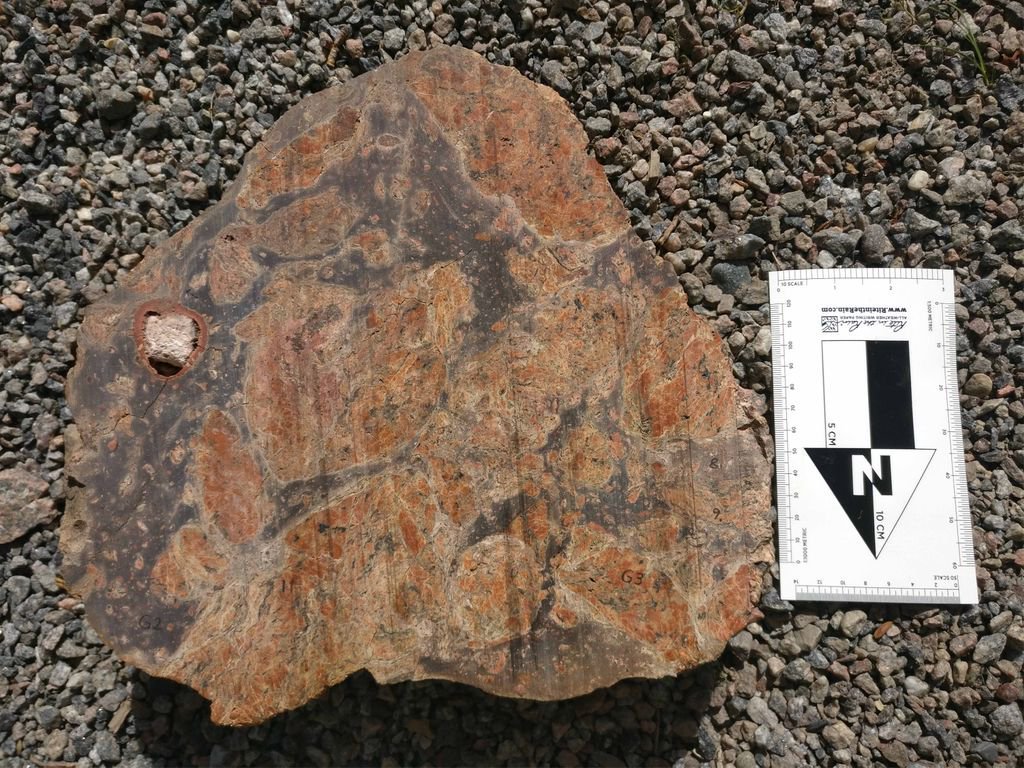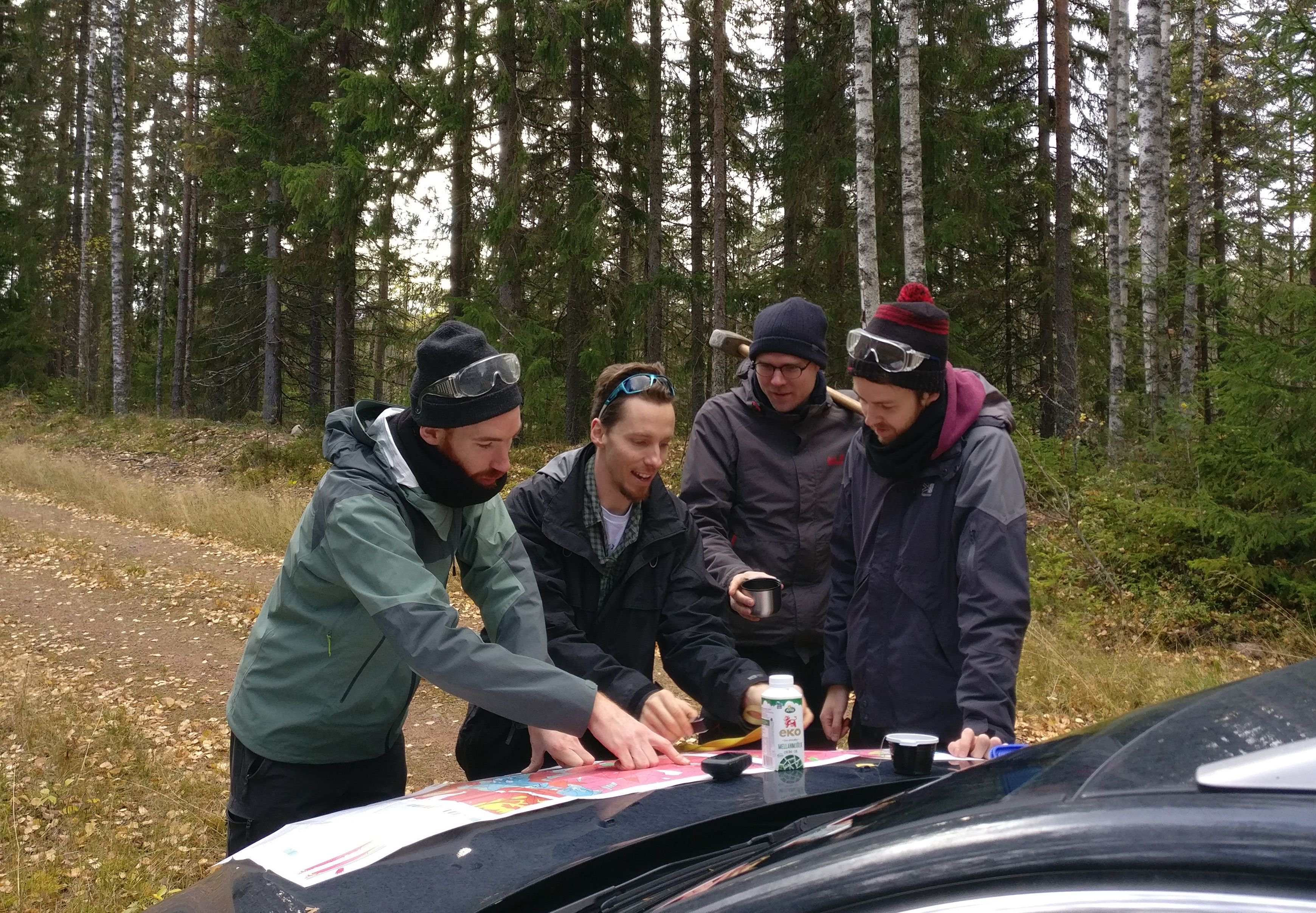Gavin Kenny

Dr Gavin Kenny is a Geologist specialising in the study of impact craters. He completed his PhD at Trinity College Dublin before moving to Stockholm, Sweden where he has been a Marie Sklodowska-Curie Actions (MSCA) Fellow at the Swedish Museum of Natural History. As a Fulbright-GSI Scholar at the Department of Geosciences at Boise State University, Idaho, he undertook research into the precise timing of some of Earths largest impact cratering events. (Photo credit: Boise State University)
What does your research / work do for citizens?
“My research has both direct and indirect benefits for citizens. I am geologist and at the moment most of my research is focused on impact cratering processes – what happens when rocks travelling through space slam into Earth. On a basic level, many people are simply interested in the origin and evolution of the Solar System and life on Earth and want researchers to illuminate these processes. On a more practical level, understanding the Earth system more closely and how it responds to external forces such as impacts allows to better understand its needs in the face of huge challenges like climate change. And on a less measurable but no less important level, funding and advancing science such as this has always had, and will continue to have, unpredictable benefits – for example, perhaps the instrumentation we are developing today to answer questions about impact craters will have applications in medical sciences and studies in the near future.”
What problem are you t rying to solve?
rying to solve?
“Over the course of my Fulbright scholarship I was working on the very precise age-dating of impacts events – i.e. trying to work out the timing of when huge rocks travelling through space have collided with Earth. We have found about two hundred impact structures on Earth (ranging from less than a kilometre in diameter to approximately 300 km in diameter) but only know, with any certainty, when about 10% of these actually formed. Most of us are aware that a massive impact structure in Mexico was associated with the demise of the dinosaurs but the precise role that other impact events played in the origin and evolution of life remains shrouded in mystery. Finding out when these impacts occurred and for how long these impact structures stay warm (and therefore hospitable to new life!) is a first step in pulling back that veil.”
Where did you go on your Fulbright Award and why?
“My Fulbright award sponsored an eight-month stay in Boise, Idaho. From the start of the application process I knew that I wanted to work in a very specific type of laboratory – one that specialises in the very precise age-dating of rocks. There are perhaps three or four world-class labs were I could have done this work but the Isotope Geology Lab at Boise State University stood out for a number of reasons, not least its track record and the enthusiasm for the project shown by the lab head, Prof Mark Schmitz. I was also excited by the prospect of spending time in Idaho and the West and not simply visiting a big city, so Boise was a clear choice.”
What were the chief learnings from you Fulbright Award? What are you able to do better now?
“The Fulbright experience offered learnings in many aspects of life! The most tangible of these are the direct professional skills, including a specific set of skills in high-precision age-dating of rocks and insights into the integration of geoscience and computer science – i.e., how modeling geological processes can add significant new insights that are not available from direct measurements alone. As important were insights into how an efficiently functioning and extremely professional lab can operate. The Isotope Geology Lab at Boise State University is a stimulating place to be with academic staff, technicians, undergrads, postgrads and post-docs all excited to come in each day, work hard, discuss findings and support each other. This is not to be taken for granted in the scientific community and we should try to learn from and reproduce such environments.”
Have you had a chance to engage with your Award sponsor?
“My award was generously sponsored by the Geological Survey of Ireland. I had the pleasure of meeting and chatting to the Director of the GSI, Koen Verbruggen, at a gathering in the American Ambassador’s Residence in the Phoenix Park before departing for Idaho and I hope to continue the connection with the institution over the coming years. Needless to say, I sent Koen and the GSI a postcard from Idaho!”
What have been the highlights of your Fulbright experience so far?
“Less tangible but most rewarding were the things I learned from my personal interactions over my eight month stay. I made great individual relationships, was warmly welcomed into positive friend groups, spent wonderful weekends in the mountains of Idaho learning to cross-country ski and find where my head was at, traveled and met people throughout the west from Seattle in the north to Tuscon in the south, spent memorable weekends with friends and family in Salt Lake City and made affecting connections when waiting for delayed flights!”
The application period for 2020-2021 Irish Awards is open from 28 Aug – 31 Oct 2019, visit our Awards page to apply!
